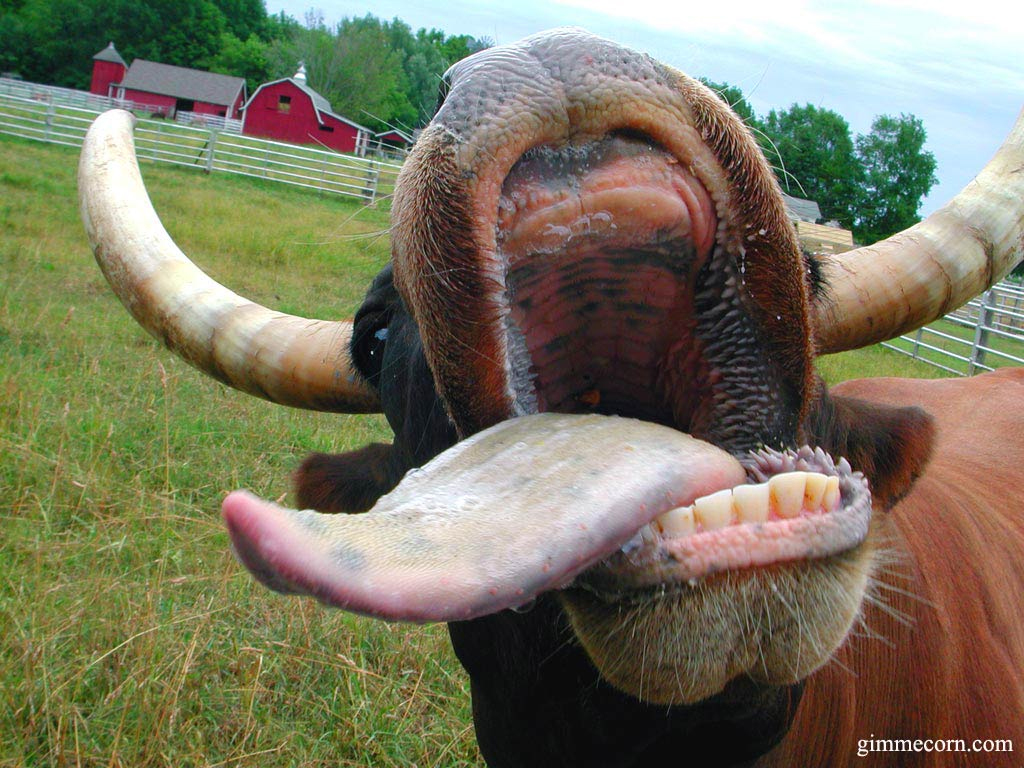“If only” is often how statements begin by food safety wannabes who are sure they have stumbled upon a vast conspiracy meant to subjugate society.
 If only Monsanto didn’t genetically-engineer seeds …
If only Monsanto didn’t genetically-engineer seeds …
If only products like milk were served raw and natural …
If only cattle were fed grass, there would be no E. coli O157:H7.
When someone makes such proclamations, or says they speak fact, usually with an air of authority, I immediately think that person is full of it. People who say “trust me” are immediately untrustworthy.
Megan Jacob, Todd Callaway, and T.G. Nagaraja of Kansas State University write about the dietary interactions and interventions affecting Escherichia coli O157 colonization and shedding in cattle in an upcoming issue of Foodborne Pathogens and Disease. It’s not a movie, not a blog, not a pulp fiction, so they sorta have to get it right. And they do, when they write:
“The specific mechanisms responsible for increased or decreased E. coli O157 shedding or survival are not known … results of studies are conflicting or not repeatable, which speaks to the complexity of the hindgut ecosystem, variation in animal feed utilization, and variation within feed products.”
The complete abstract is below.
Escherichia coli O157 is an important foodborne pathogen affecting human health and the beef cattle industry. Contamination of carcasses at slaughter is correlated to the prevalence of E. coli O157 in cattle feces. Many associations have been made between dietary factors and E. coli O157 prevalence in cattle feces. Preharvest interventions, such as diet management, could reduce the fecal prevalence and diminish the impact of this adulterant. Dietary influences, including grain type and processing method, forage quality, and distillers grains have all been associated with E. coli O157 prevalence. In addition, several plant compounds, including phenolic acids and essential oils, have been proposed as in-feed intervention strategies. The specific mechanisms responsible for increased or decreased E. coli O157 shedding or survival are not known but are often attributed to changes in hindgut ecology induced by diet types. Some interventions may have a direct bacterial effect. Frequently, results of studies are conflicting or not repeatable, which speaks to the complexity of the hindgut ecosystem, variation in animal feed utilization, and variation within feed products. Still, understanding specific mechanisms, driven by diet influences, responsible for E. coli O157 shedding will aid in the development and implementation of better and practical preharvest intervention strategies.
